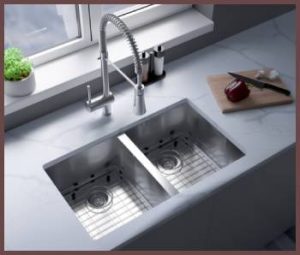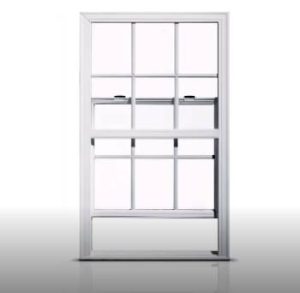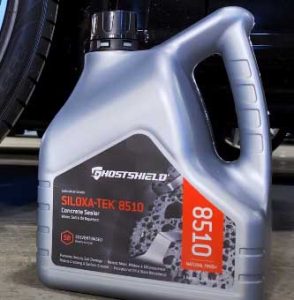When it comes to choosing the perfect natural stone for your home, it can be challenging to decide between the myriad options available. Perla Venata Quartzite and Taj Mahal Quartzite are two popular choices, both offering unique aesthetics and benefits.
In this article, we will delve into the world of these two luxurious stones, their pros, and cons, and address some frequently asked questions to help you make an informed decision for your next home project.
A Brief Comparison Table
| Feature | Perla Venata Quartzite | Taj Mahal Quartzite |
| Color | White with gray veining | Beige with gold veining |
| Durability | Hard quartzite | Hard quartzite |
| Maintenance | Low-maintenance | Low-maintenance |
| Resistance to Scratches | High | High |
| Resistance to Etching | High | High |
| Versatility | Moderate | High |
| Availability | Limited | Relatively available |
| Cost | Expensive | Moderately expensive |
| Aesthetic Appeal | Luxurious, sophisticated | Elegant, versatile |
| Suitability for Bathrooms | Excellent | Excellent |
| Suitability for Kitchens | Excellent | Excellent |
| Similar Stones | N/A | Sea Pearl, White Macaubas |
A Tale of Two Quartzites: Perla Venata and Taj Mahal
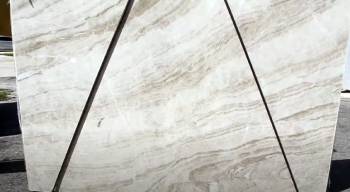
Imagine a blank canvas waiting to be painted with your dream design.
That’s what your kitchen countertop, bathroom vanity, or other home surfaces can become when you select the perfect natural stone.
In one corner, we have Perla Venata Quartzite, a stunning and rare natural stone with a soothing white background and soft gray veining.
In the other corner, we have Taj Mahal Quartzite, an elegant and versatile stone with a warm beige background and subtle gold veining.
Which one will take the crown? Let’s find out.
Pros of Perla Venata Quartzite
- Visual Appeal
Perla Venata boasts a luxurious appearance that adds a touch of sophistication and elegance to any space. Its calming white background and delicate gray veining create a sense of tranquility, making it perfect for creating a serene, spa-like atmosphere in bathrooms or a refined look in kitchens.
- Durability
Perla Venata is a hard quartzite, meaning it is resistant to scratches and etching. This makes it a great choice for high-traffic areas or homes with young children or pets.
- Low Maintenance
Like other quartzite stones, Perla Venata is relatively low-maintenance, requiring only regular sealing to maintain its beauty and durability.
Read More: About Polarstone Quartz
Cons of Perla Venata Quartzite
- Availability
As a rare natural stone, Perla Venata can be more challenging to find than other options, which may impact the cost and availability for your project.
- Cost
Due to its rarity and high demand, Perla Venata tends to be more expensive than other quartzite options.
Pros of Taj Mahal Quartzite
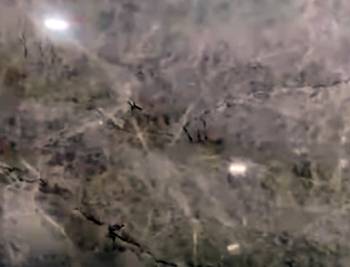
- Versatility
Taj Mahal’s warm beige background and subtle gold veining make it a versatile choice that complements a wide range of design styles and color palettes.
- Durability
Like Perla Venata, Taj Mahal is a hard quartzite, offering resistance to scratches and etching for long-lasting beauty.
- Ease of Maintenance
Taj Mahal also requires low maintenance, with occasional sealing needed to protect the surface from staining and other damage.
Cons of Taj Mahal Quartzite
- Variability
Taj Mahal’s color and pattern can vary significantly from slab to slab, making it essential to carefully inspect and choose the exact piece for your project.
- Cost
While not as rare as Perla Venata, Taj Mahal is still a high-end natural stone, which can translate to a higher price tag compared to more common materials.
Read More: About Bianco Superiore Quartzite
Frequently Asked Questions (FAQ)
Perla Venata quartzite features a white background with soft gray veining, creating a luxurious and soothing appearance.
Quartzite is a natural stone formed from sandstone, while quartz is an engineered material made from crushed quartz and resin. Taj Mahal is a type of quartzite, not quartz, offering the benefits of a natural stone, such as unique patterns and increased durability.
Yes, Perla Venata is a hard quartzite, which means it is resistant to scratches and etching. This characteristic makes it a durable and long-lasting choice for various surfaces in your home.
Taj Mahal quartzite is an excellent choice for those looking for a versatile, elegant, and durable natural stone. Its warm beige background and subtle gold veining make it suitable for various design styles and color schemes, while its hard quartzite nature ensures long-lasting beauty and functionality.
Sea Pearl and White Macaubas are two quartzite options that are similar to Taj Mahal in terms of color and veining. Both feature light backgrounds with subtle veining, offering a similar aesthetic to Taj Mahal while providing additional options for homeowners to consider.
Taj Mahal quartzite is a hard quartzite, which means it is more resistant to scratches and etching than softer natural stones like marble. This makes it an ideal choice for surfaces that see a lot of use, such as kitchen countertops and bathroom vanities.
The Verdict
Now that we’ve explored the pros and cons of both Perla Venata and Taj Mahal quartzites, it’s time to decide which one is the winner. The truth is, there is no definitive winner, as the best choice for your home will depend on your personal taste, design preferences, and budget.
If you prefer a soothing white background with soft gray veining, Perla Venata may be the perfect choice for you. On the other hand, if you’re drawn to the warm beige background and subtle gold veining of Taj Mahal, this versatile stone may be the way to go.
Ultimately, both Perla Venata and Taj Mahal quartzites offer elegance, durability, and a touch of luxury that will elevate any space in your home.
By considering the pros and cons of each, as well as your own preferences and priorities, you can make an informed decision that will result in a stunning and functional surface you’ll love for years to come.

